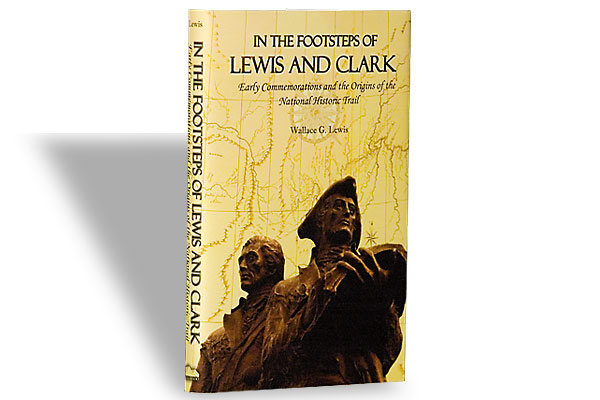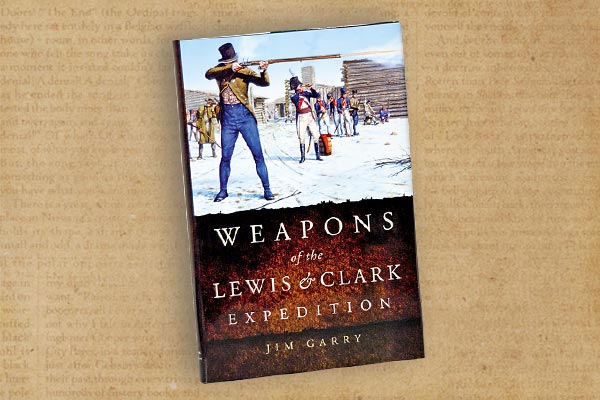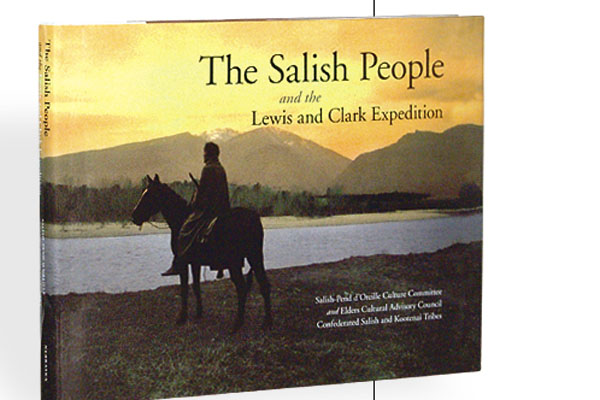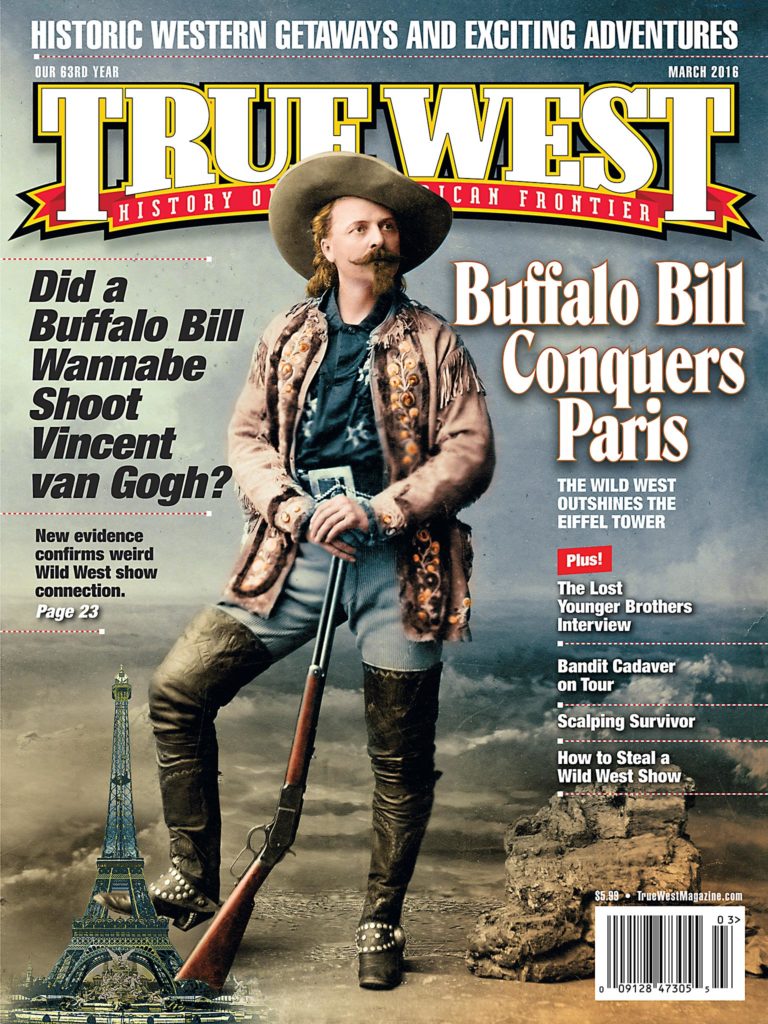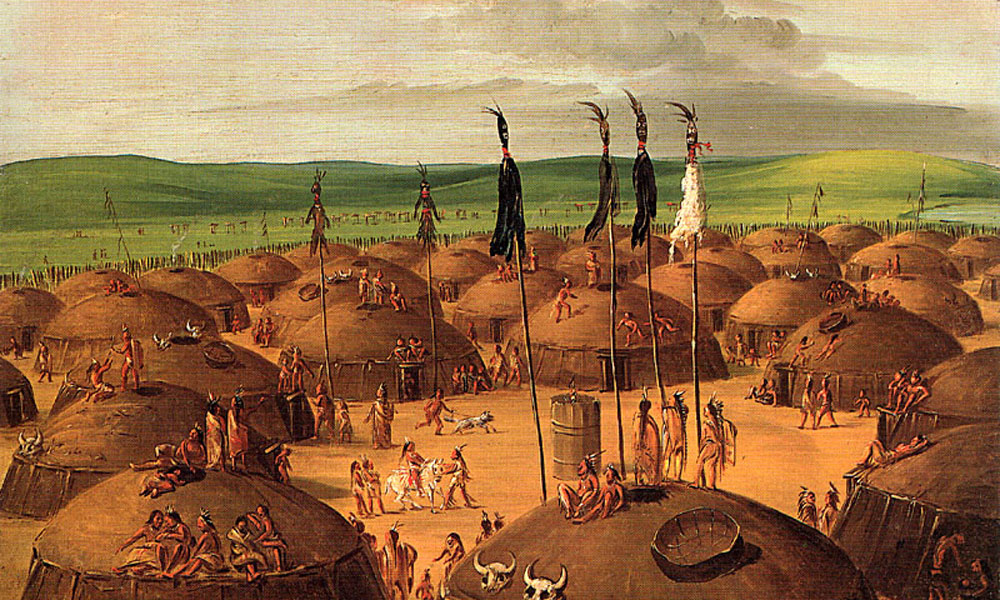
One of the biggest surprises in the Lewis and Clark Expedition of 1803 was what they found in the future North Dakota. The American explorers expected surprises, after all, their 8,000-mile odyssey to explore the $15 million Louisiana Purchase was uncharted and unexplored. Their journey has become one of America’s most celebrated and admired events—entitled “Undaunted Courage” by historian Stephen E. Ambrose. President Thomas Jefferson and Congress thought they were spending $2,500 on a “Voyage of Discovery” to see what they’d bought and hopefully uncover the Northwest Passage: a river route to the Pacific. Alas, the worst surprise was that no such river route exists. And then there was the final bill, an expensive surprise of over $38,000. But as they’ll tell you at the North Dakota Lewis and Clark Interpretive Center, “When they reached North Dakota, they found the most cosmopolitan area they’d ever encountered.” Sounds far-fetched? Not at all. The explorers found the villages of the Mandan and Hidatsa tribes were larger and healthier than the nation’s capitol of Washington, DC; more prosperous than St. Louis, where the expedition had begun. When they arrived on the banks of the Missouri River in October of 1804, they found a big city of five noisy, crowded villages with as many as 5,000 inhabitants. They found an ethnic stew of Native Americans, French, German, Spanish, Welsh, French Canadian and English who inhabited a 900-year-old community that had always been a major trading center. One official quips that this was “the original Mall of America.” As Ambrose notes: “Nowhere else could one see at a single glance the diversity and colorful lifestyle of the Indians of the Plains. There were Spanish horses and mules to buy and sell, fancy Cheyenne leather clothing, English trade guns, baskets of produce, meat products, furs of all kinds, musical instruments, blankets, dressed buffalo hides, painted buffalo hides.” The expedition made Fort Mandan its winter camp and spent one-fourth of its entire trip here, among tribes it would call friend. To this day, North Dakota relishes its place in this epic history, noting, “Lewis and Clark slept here 146 times.”


